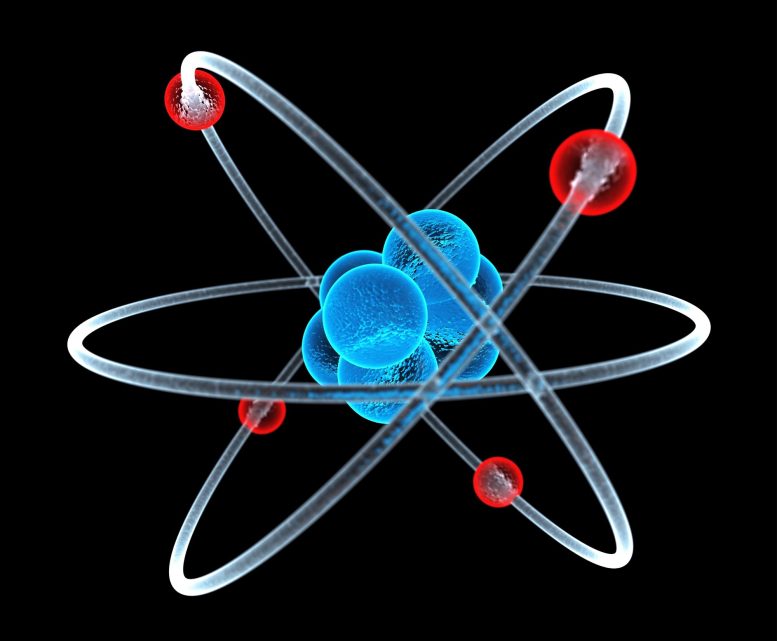
Neutrons, subatomic particles found in every atom except hydrogen, are used in scientific research for nondestructive analysis of materials through a method called neutron scattering. Discovered in 1932 and naturally present due to cosmic rays and Earth’s radioactivity, neutrons’ contributions have extended to diverse fields, including archaeology. Notably, the Department of Energy has supported breakthroughs in neutron science, leading to advancements in states of matter, vaccine development, quantum materials, superconductivity, and various technological applications.
Neutrons are subatomic particles, with a neutral charge and slightly more mass than protons, found in the nucleus of every atom except hydrogen. When not confined in a nucleus, they are known as “free” neutrons and are generated by nuclear fission and fusion. Neutrons have significant applications in numerous research fields, including medicine, materials, and others.
What Are Neutrons?
Neutrons, along with protons, are subatomic particles found inside the nucleus of every atom. The only exception is hydrogen, where the nucleus contains only a single proton. Neutrons have a neutral electric charge (neither negative nor positive) and have slightly more mass than positively charged protons. “Free” neutrons are those no longer confined inside a nucleus. These free neutrons are produced by nuclear fission and fusion processes.
Neutrons are an important tool for research in medicine, materials, and other fields. Scientists produce neutrons at research reactors and particle accelerators. Researchers project these neutrons onto samples of materials. Some of the neutrons interact directly with atoms in the sample and “bounce” away at different angles, like cue balls colliding in a game of pool. This technique is called neutron scattering. Scientists use special high-speed detectors to capture the scattered neutrons and measure their energy, speed, and direction. This information helps researchers calculate the materials’ properties, such as the shape and sizes of crystals and molecules.
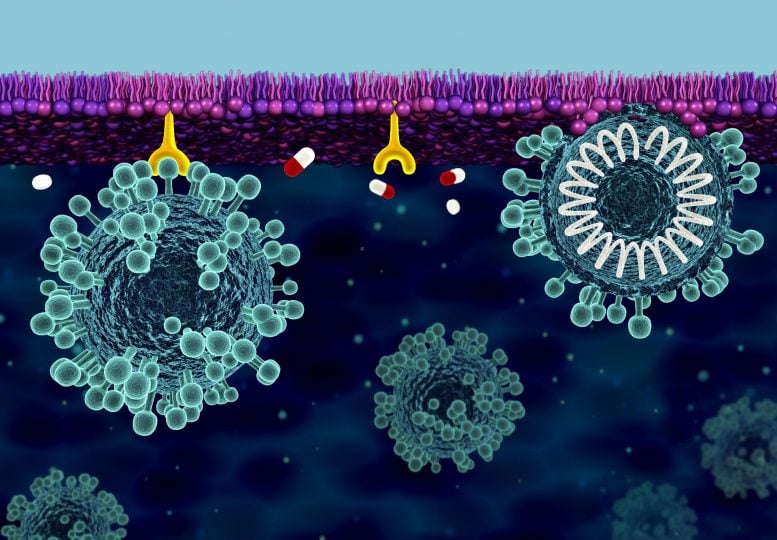
Researchers used neutrons to investigate how the coronavirus responsible for COVID-19 uses its spike proteins to bind to the cell membrane and cause viral infection. Credit: Oak Ridge National Laboratory/Jill Hemman
Fast Facts
- The neutron was first discovered in 1932.
- All around us is a faint, natural “background” of free neutrons created by cosmic rays entering our atmosphere and by natural radioactivity from the Earth’s crust.
- Neutrons can be a nondestructive way of analyzing material properties, meaning they don’t harm materials during testing like other methods can.
- Scientists have used neutrons to examine archeological artifacts. For example, researchers used neutrons for forensic tests on President Zachary Taylor’s hair to prove he wasn’t poisoned when he died in 1850.
DOE Office of Science: Contributions to Neutron Science
Research supported by the Department of Energy (DOE) Office of Science, Office of Basic Energy Sciences has contributed to breakthrough—even Nobel Prize-winning—discoveries and measurements involving neutron science.
Neutron research has helped scientists discover new states of matter and see how materials perform inside machinery. Neutron science helped to identify ways for new vaccines to target viruses, to develop quantum materials, and to move closer to high-temperature superconductivity. Neutron science has enabled developments such as cell phones, medical scanners, jet engines, high-strength steels, safer and longer-lasting batteries, cancer treatments, and more.
DOE supports several important neutron scattering and imaging facilities. These include the High Flux Isotope Reactor and Spallation Neutron Source at Oak Ridge National Laboratory and the Los Alamos Neutron Science Center at Los Alamos National Laboratory.

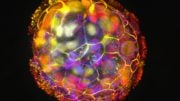


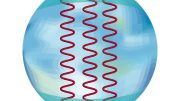

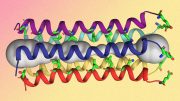
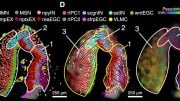
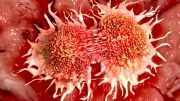
According to the topological vortex gravitational field theory, everything in the world is derived from spin.
Someday we will realize that subatomic particles are just standing EM waves and a neutron is just an electron and proton superimposed and unstable.